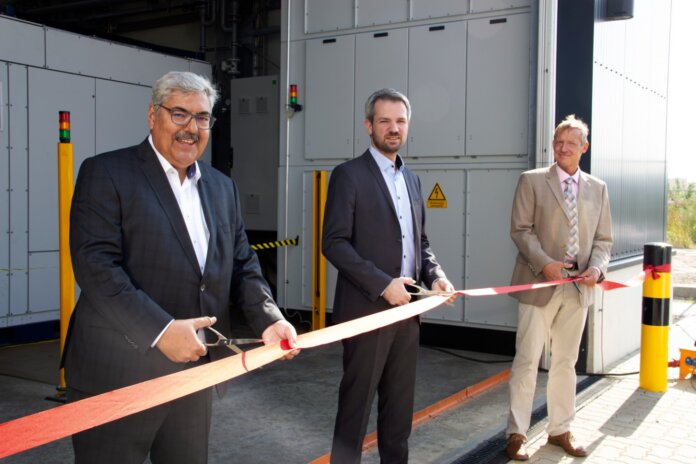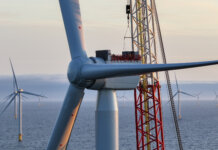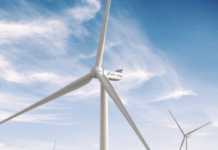In the first phase of a planned expansion, the Fraunhofer Institute for Wind Energy Systems (IWES) says it planning to put a new test bench into operation in Bremerhaven, Germany, in support of the Hil-GridCoP project together with project partners Vestas Nacelles Deutschland GmbH and Nordex Energy GmbH.
In the future, the newly erected hall will see converter and generator systems for multi-megawatt wind turbines tested for their electrical grid compatibility. The Fraunhofer IWES aims to expand its testing capacities for the electrical systems of wind turbines and other power generation systems in two further expansion stages. More than € 30 million is set to be invested in expanding the testing infrastructure in Bremerhaven.
Grid operators place high demands on wind turbines with regard to connection to the public grid – demands that are set to become even stricter in the future and need to be able to be verified by means of comprehensive testing. Test benches make it possible to achieve reproducible laboratory conditions for realistic validation tests. This cuts costs and the associated time requirements, as the tests can be performed independently of the wind conditions and exclusively on the relevant turbine subsystem. An increased degree of technical flexibility on the test bench results in more comprehensive and future-proof testing options.
In the scope of the Hil-GridCoP project – short for “Hardware-in-the-loop testing of the electrical grid compliance of multi-megawatt wind turbines with high-speed generator systems” – a testing method was developed to allow electrical certification in the laboratory on a minimal system, but not the entire wind turbine. Thanks to the automated performance of the testing and significantly lower logistical efforts, this procedure promises wind turbine manufacturers reduced costs as well as shorter and more predictable times to market.
“This new test method represents a rapid and cost-efficient means of performing the tests to verify the electrical characteristics of wind turbines,” says Christian Fenselau, chief specialist of test and validation at Vestas Nacelles Deutschland GmbH.
The Hil-GridCoP project is being funded by BMWi, which is contributing € 8.9 million to the project. The new construction work and the connections to the existing infrastructure of the Dynamic Nacelle Testing Laboratory (DyNaLab) were financed through a combination of the Fraunhofer IWES’ own funds and funds of the Fraunhofer-Gesellschaft.
Photo: The official opening of the Hil-GridCoP test bench in Bremerhaven




